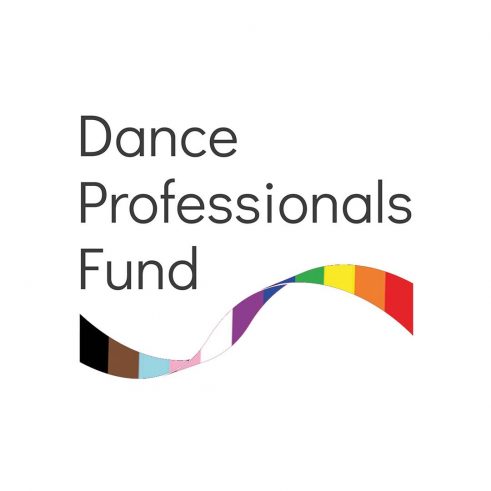You may have noticed that, like many charities and businesses this month, we’ve changed our profile logo to incorporate the inclusive rainbow flag. A quick scroll through your social media feeds this June and you’ll see a lot more rainbows, which can only mean one thing: Pride month is here!
When it was suggested I write about about Pride month, I was excited but intimidated by the opportunity to write about issues that affect me directly as a queer person and my community. I’m fortunate to work in a charity that provides support to a diverse range of applicants, many of whom identify as LGBTQ+. Leadership ensures that we consistently work as a team to provide non-judgmental support to those we help. DPF staff have access to regular training to ensure we’re striving to be as inclusive as possible.
Despite all the well-meaning Pride content flooding our feeds this month, there is still so much work to do to ensure all LGBTQ+ people are seen, heard and supported in the UK: in 2022 there was a 168% rise in (reported) LGBTQ+ hate crimes whilst Trans people continue to suffer on long waiting lists for gender-affirming healthcare, whilst their basic rights and very existence is debated in the media.
One of the interesting things about working in social media is we often get to see viral content and controversial conversations play out in real time. This can be entertaining at the best of times but distressing at the worst.
Earlier this month Oxfam released a thoughtful video that highlighted the online abuse that trans people are subjected to by a known group. By lunchtime Oxfam had been forced into re-editing the video to be less direct about the group in question, alongside a carefully-written statement retracting the video. The comments attacking Oxfam from online haters, saying “I’ll never donate to you again” etc. continued to flow throughout the day, and I found myself watching the drama play out. By the end of the working day, I wondered why I was feeling anxious, and somehow less proud of who I am.
For many LGBTQ+ people, Pride is an important month, but it can also be a challenging one, as we’re often more likely to experience or see homophobia, micro-aggressions and online/offline abuse at a time when it becomes a more visible part of mainstream conversations. Encouraging visibility and pride without ensuring safety and support is a trap.
I am lucky enough to be living in Brighton, working for a progressive charity, and being an active member of my local LGBTQ community. So, I often don’t see much homophobia and transphobia unless I seek it out- this of obviously not a regular occurrence: my personal social media is private, I have muted/blocked hate accounts and words on my own Twitter, but through work accounts I see everything.
Just as standing up for Trans rights is about more than putting pronouns in your email signature, we understand that the rainbow flag stands for so much more. It is an always-evolving symbol of LGBTQ+ people’s rights, and those who have fought for them. For example, did you know that the LGBTQ acronym used to be GLB? The L was moved to the front to acknowledge how many lesbians became primary caregivers during the AIDs crisis in the 80s, and to ensure lesbians and gay women were not sidelined in the movement.
This year, we’ve added the progress Pride flag to our website, where it will stay, as a reminder that our fund is open to anyone, regardless of their orientation, gender identity or gender expression, throughout and beyond Pride Month.
If you work for a charity and want to do more to support the LGBTQ+ community, Charity Comms released this excellent guide on where to start.






